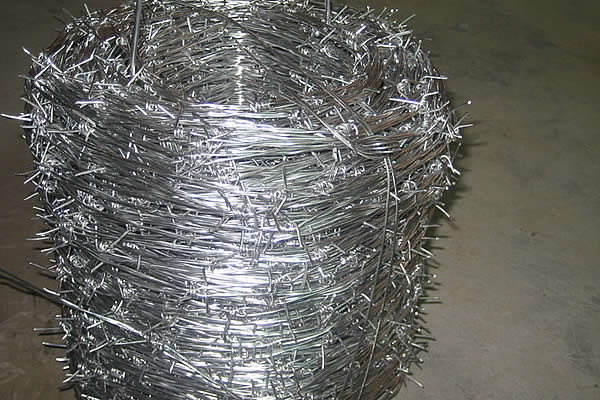 TEL:
+86-13102802206
TEL:
+86-13102802206
 Email:
fencenetting@china.com
Email:
fencenetting@china.com
 Language
Language
 TEL:
+86-13102802206
TEL:
+86-13102802206
 Email:
fencenetting@china.com
Email:
fencenetting@china.com
 Language
Language


The River Rock Gabion Wall An Eco-Friendly Solution for Landscaping and Erosion Control
In recent years, the use of river rock gabion walls has gained popularity in both landscape architecture and civil engineering. These walls, constructed from wire mesh cages filled with natural stones, offer numerous benefits that make them a preferred choice for various projects, particularly in areas prone to erosion and flooding. In this article, we will explore the advantages of river rock gabion walls, their construction process, and their applications in both residential and commercial settings.
What is a Gabion Wall?
A gabion wall is essentially a structure made from wire mesh boxes that are filled with stones, often referred to as riprap, gravel, or river rock. The term gabion comes from the Italian word gabbione, meaning big cage. These walls are commonly used to stabilize soil, control erosion, provide noise barriers, and enhance the aesthetic appeal of landscapes.
Benefits of River Rock Gabion Walls
1. Erosion Control One of the primary advantages of river rock gabion walls is their effectiveness in controlling soil erosion. By acting as a barrier, they help stabilize slopes and prevent the washout of soil during heavy rains. The gaps between the stones allow for water drainage, reducing pressure on the wall and enhancing its durability.
2. Natural Aesthetic Unlike traditional concrete walls, river rock gabion walls blend seamlessly with natural landscapes. Their rustic appearance can enhance the beauty of gardens, parks, and riverbanks, making them an attractive option for homeowners and landscapers. The use of natural stones like river rock helps create a harmonious and organic look.
3. Cost-Effectiveness Gabion walls are often less expensive than other types of retaining walls, particularly when locally sourced materials are used. The construction process is relatively straightforward, and the materials are durable, which translates to lower maintenance costs over time.
4. Environmental Benefits Using river rocks and other natural materials means that gabion walls have a lower environmental impact compared to concrete alternatives. They allow for vegetation growth in and around the walls, further stabilizing the soil and contributing to biodiversity.
5. Modular and Versatile River rock gabion walls can be customized to fit various landscapes and design preferences. They can be built to different heights and lengths, making them suitable for a range of applications, from small garden borders to large-scale erosion control projects.
The Construction Process

Building a river rock gabion wall involves several steps
1. Site Preparation The area where the wall will be constructed should be leveled and cleared of debris. Effective drainage should also be considered to prevent water accumulation behind the wall.
2. Installation of Wire Mesh Gabion baskets made from galvanized or PVC-coated wire mesh are placed according to the design specifications. They are secured to maintain stability.
3. Filling with Stones River rocks or other chosen materials are filled into the mesh baskets. The stones should be carefully placed to ensure even distribution and stability.
4. Tamping and Finalizing Once filled, the stones are tamped down to remove air pockets and ensure tight packing. The tops of the cages can be secured, providing a finished look to the wall.
5. Landscaping Finally, additional landscaping can be done around the gabion wall to integrate it into the overall design of the space.
Applications of River Rock Gabion Walls
River rock gabion walls are widely used in various applications, including
- Retaining walls in residential gardens. - Riverbank stabilization to prevent erosion. - Sound barriers along highways to reduce noise pollution. - Bridge abutments and support structures in civil engineering projects. - Decorative features in landscaping designs, adding beauty and functionality.
Conclusion
River rock gabion walls represent an eco-friendly and aesthetically pleasing solution to a variety of landscaping and engineering challenges. Their versatility, affordability, and effectiveness in controlling erosion make them an attractive choice for many projects. As more people recognize the benefits of using natural materials in construction, the popularity of gabion walls is likely to continue to grow, paving the way for innovative landscape designs and sustainable practices.